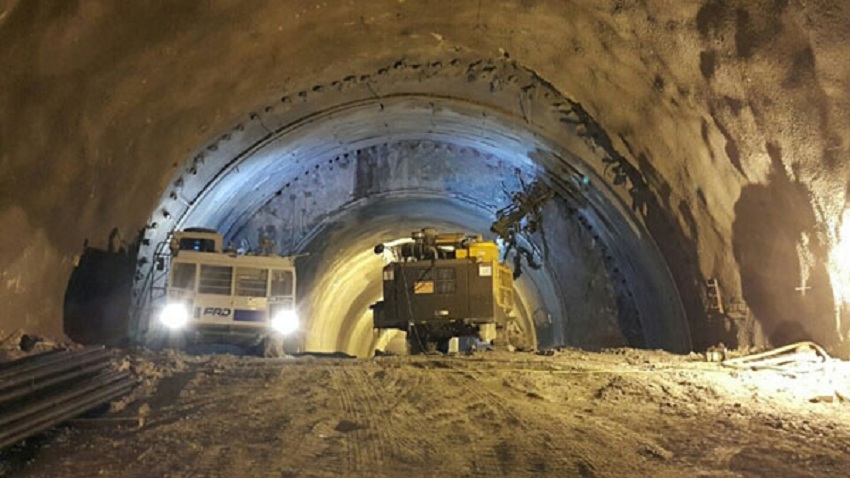When you come upon a tunnel on the road, do you think about how it was made? Do you wonder how it got there? If you drive through them every day, it’s possible that you no longer think those sorts of questions. If you’ve never seen one before, you may even be a little hesitant to drive in. Is the tunnel strong enough to withstand the weight of the earth it’s been cut into?
Tunnels today are very sturdy, and made using several different methods, depending on the length of the tunnel, the composition of the earth it will be cut into, the final purpose of the tunnel, and more. Tunnels are most often made from structural steel beams and different sorts of concrete, such as precast, prestressed, and sprayed concrete.
Here are three different methods of tunnel construction.
Cut-and-Cover
A cut-and-cover tunnel is exactly what it sounds like. A large trench is dug where the tunnel is going to go. Then, the tunnel is constructed out of mostly steel and concrete. Steel beams often create the skeleton of the tunnel, and concrete fills in the rest. After the tunnel is finished and waterproofed, the earth is piled back on top of it. This type of construction is great for when there’s a roadway over the top of the tunnel, as it can be finished and reopened quite quickly. This type of construction works in soil and clay, which can be easily excavated.
Rock Tunneling
This type of tunnel excavation is much more exciting than the first. When a tunnel must be built through, say, a mountain, the crew must bore through the hard rock. There are many, many factors that must be calculated when blasting or cutting through rock, such as the composition of the rock, the stress that’ll be placed on the tunnel walls, and more. This is a delicate process, and involves a lot of mathematical equtions and other planning to acheive.
Rock tunneling is done either by calculated blasts using explosives, or with a tunnel boring machine. A tunnel boring machine is a huge round machine that cuts away at the rock with its sharp disc and bores into the earth. After the tunnel is cut, very strong steel and concrete walls are built to reinforce the rock walls.
Underwater Tunnels
Sometimes, tunnels must be built underneath bodies of water. These tunnels are a whole other can of worms, since you can’t just drill through the water. The most popular type of underwater tunnel is called an immersed tube. Oftentimes, a trench is constructed in which to place the tunnel. Then, large tubes are prefabricated in manageable lengths, floated down to the tunnel site, and sealed together. When the underwater section is complete, a tunnel boring machine is often used to drill the links to the portals on land, and then the water is pumped out and the inside of the tunnel is finished.
Interested in learning more about how tunnels are built and what materials are used? Check out these resources.

